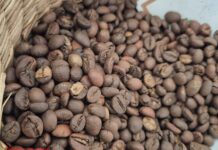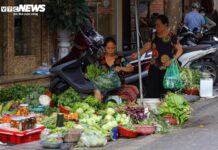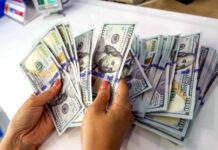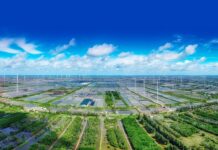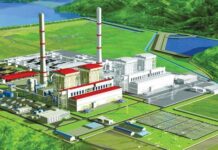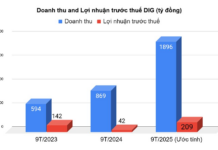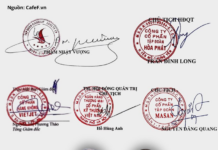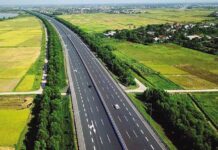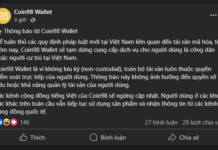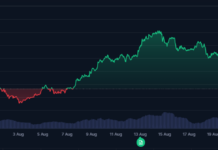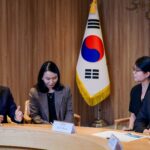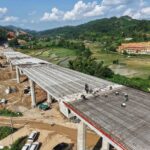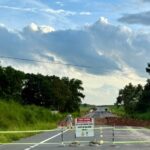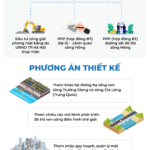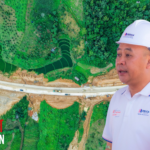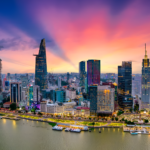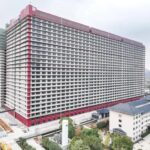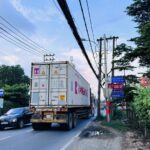AI-generated simulation video of the Red River Avenue and Landscape Project (hypothetical representation only).
Realizing the “Red River Miracle”
Recently, during a working trip to South Korea, the Deo Ca Group delegation led by Mr. Ho Minh Hoang, Chairman of the Board, held a meeting with Mr. Oh Se-hoon, Mayor of Seoul. The event was also attended by Mr. Vu Ho, Ambassador of the Socialist Republic of Vietnam to South Korea.
The trip took place as Deo Ca Group is intensifying international cooperation efforts and selectively gathering experiences to mobilize resources for upcoming key projects. With the trust and support of the Party and State leaders, Deo Ca Group, the leading member of the Deo Ca – Van Phu consortium, has conducted research, proposed, and initiated the Red River Avenue and Landscape Project.
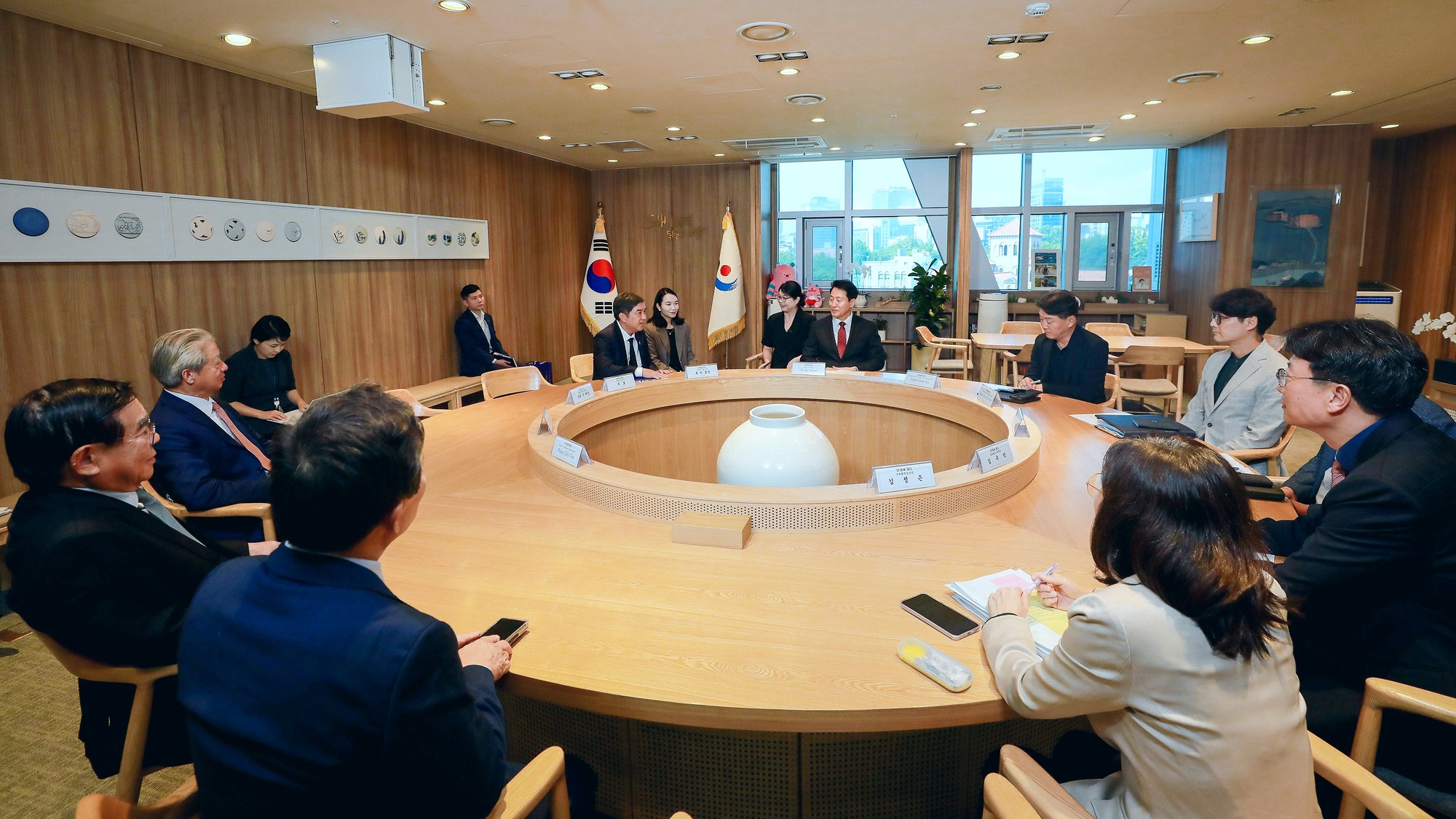
Overview of the meeting. Photo: Deo Ca Group
With a total investment of up to VND 300 trillion (excluding site clearance costs), the project includes multiple components such as a riverside avenue for motor vehicles, an urban rail system for public transport, and green spaces along the riverbank. Therefore, the project requires significant domestic and international resource mobilization to commence in January 2026 and complete before 2030, as requested by the Hanoi People’s Committee.
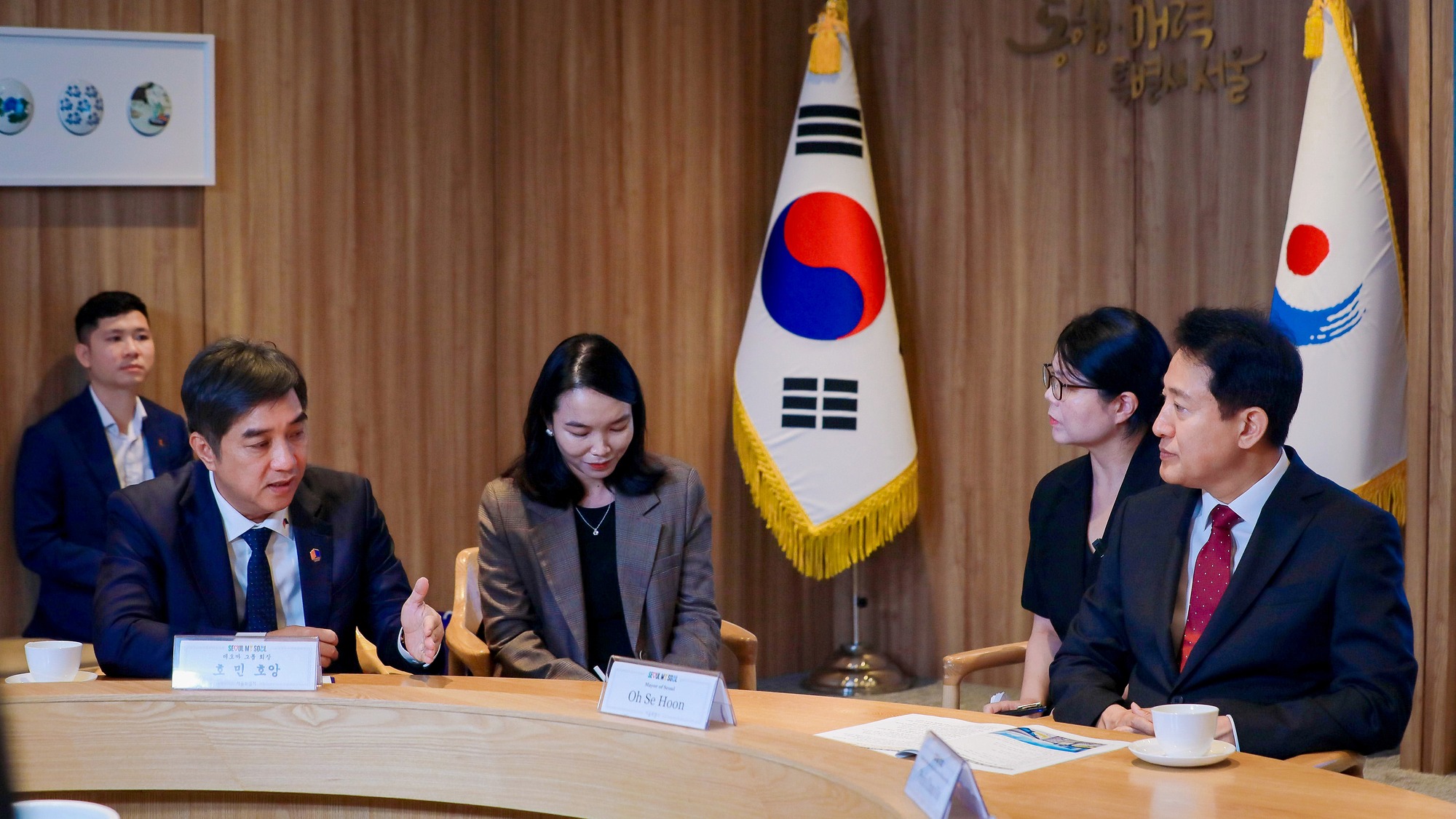
Mr. Ho Minh Hoang, Chairman of Deo Ca Group, speaking at the meeting. Photo: Deo Ca Group
Following the directives from the General Secretary on August 22 and the opinions of Hanoi’s leaders, Deo Ca Group organized a delegation to Seoul to learn from South Korea’s “Miracle on the Han River” and apply these lessons to create the “Red River Miracle” in Vietnam, aligning with the vision of the Party and State leaders.
The “Miracle on the Han River” refers to South Korea’s rapid industrialization period from the mid-20th century to the early 21st century. During this time, Seoul became a leading global financial and technological hub, utilizing urban planning projects to transform the Han River into a “development axis for urban, cultural, and tourism activities.”
Lessons from the Han River Avenue Development
During an inspection along the Han River in Seoul on the afternoon of September 26, Chairman Ho Minh Hoang noted several well-designed elevated sections suitable for Deo Ca Group to study and apply. Notably, solutions to lower the elevation of the elevated sections help preserve the riverbank scenery while ensuring clearance with existing bridges on both sides.
Additionally, the delegation observed sections with dense pillar spacing, featuring over 30 river-crossing bridges and substantial concrete structures.
In response, Deo Ca Group leaders candidly discussed with South Korean experts to find optimal solutions and learn from their experiences. Experts explained that the Han River Avenue project was renovated 18 years ago (2007), when technical conditions and standards did not allow for more advanced solutions, such as using TBM (Tunnel Boring Machine) technology to minimize impacts on the natural landscape.
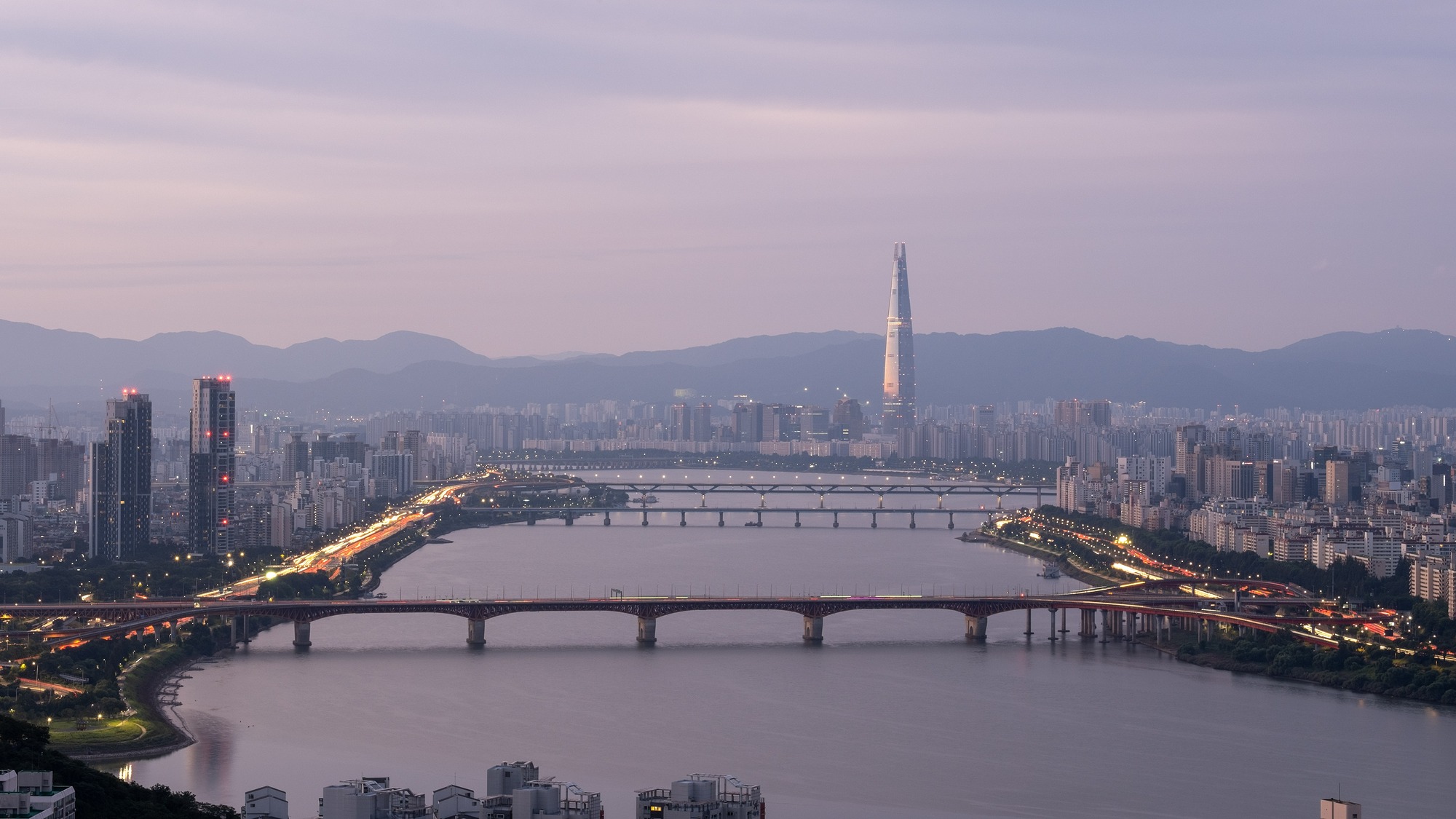
Overview of the Han River in Seoul. Photo: Deo Ca Group
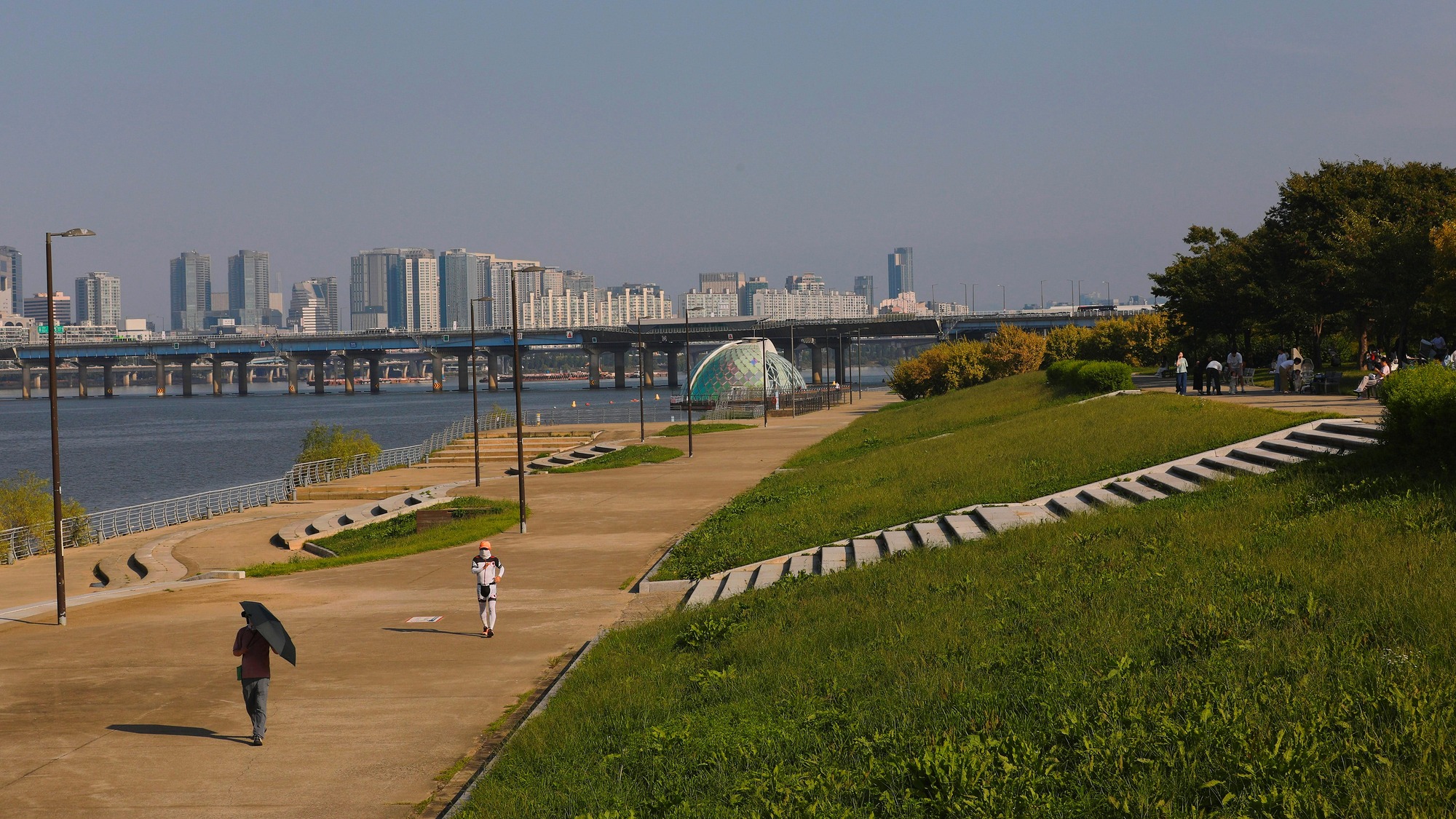
Han River Park in Seoul. Photo: Deo Ca Group
This practical experience will help Deo Ca Group research and seek more optimal tunneling solutions to preserve the natural landscape of the Red River (Hanoi) and minimize environmental impacts in the capital region.
Chairman Ho Minh Hoang also discussed with South Korean experts scenarios involving flood flows exceeding 3,000 m³/s during summer. In such cases, upstream flood control reservoirs are needed to regulate flow, reduce downstream pressure, and periodically dredge riverbeds and canals to enhance flood drainage and mitigate urban flooding.
A key focus during the September 26 inspection was the plan to treat wastewater before it enters the Red River in Hanoi and maintain vegetation systems, as Seoul has done. Fully addressing this “equation” is essential to combat pollution, improve water quality, and develop “green tourism” to attract international visitors.
Additionally, through discussions with Deo Ca Group on sustainable urban transport development, Seoul authorities shared lessons from the Han River Avenue project: enhancing riverside bus systems and exploring monorail deployment—similar to Deo Ca Group’s proposal for the Red River Avenue and Landscape Project—to increase public transport capacity, reduce private vehicles, and alleviate inner-city congestion.
Following the discussions, Deo Ca Group proposed that Mayor Oh Se-hoon facilitate connections with experienced South Korean companies in riverside urban investment, design, and development. They also reported to the embassies and governments of both countries to expand cooperation in investment, construction, training, and new technology transfer.
Expanding International Cooperation
Earlier, the Deo Ca Group delegation met with POSCO to discuss investment and construction cooperation prospects for the Red River Avenue and Landscape Project and other transport infrastructure projects in Vietnam under the public-private partnership (PPP) model.
Leveraging its strengths in steel production and construction, along with its experience in Vietnam, POSCO is expected to provide advanced solutions, shorten timelines through modular construction methods, and collaborate on material supply for railway projects in Vietnam.
At the meeting, leaders from Deo Ca and POSCO expressed hopes for establishing a strategic partnership in PPP projects for highways, bridges, and tunnels in the near future.
During the trip, the Deo Ca Group delegation also held meetings to promote cooperation opportunities with prominent South Korean brands such as Yooshin Engineering, Hoban Construction, and KIND.
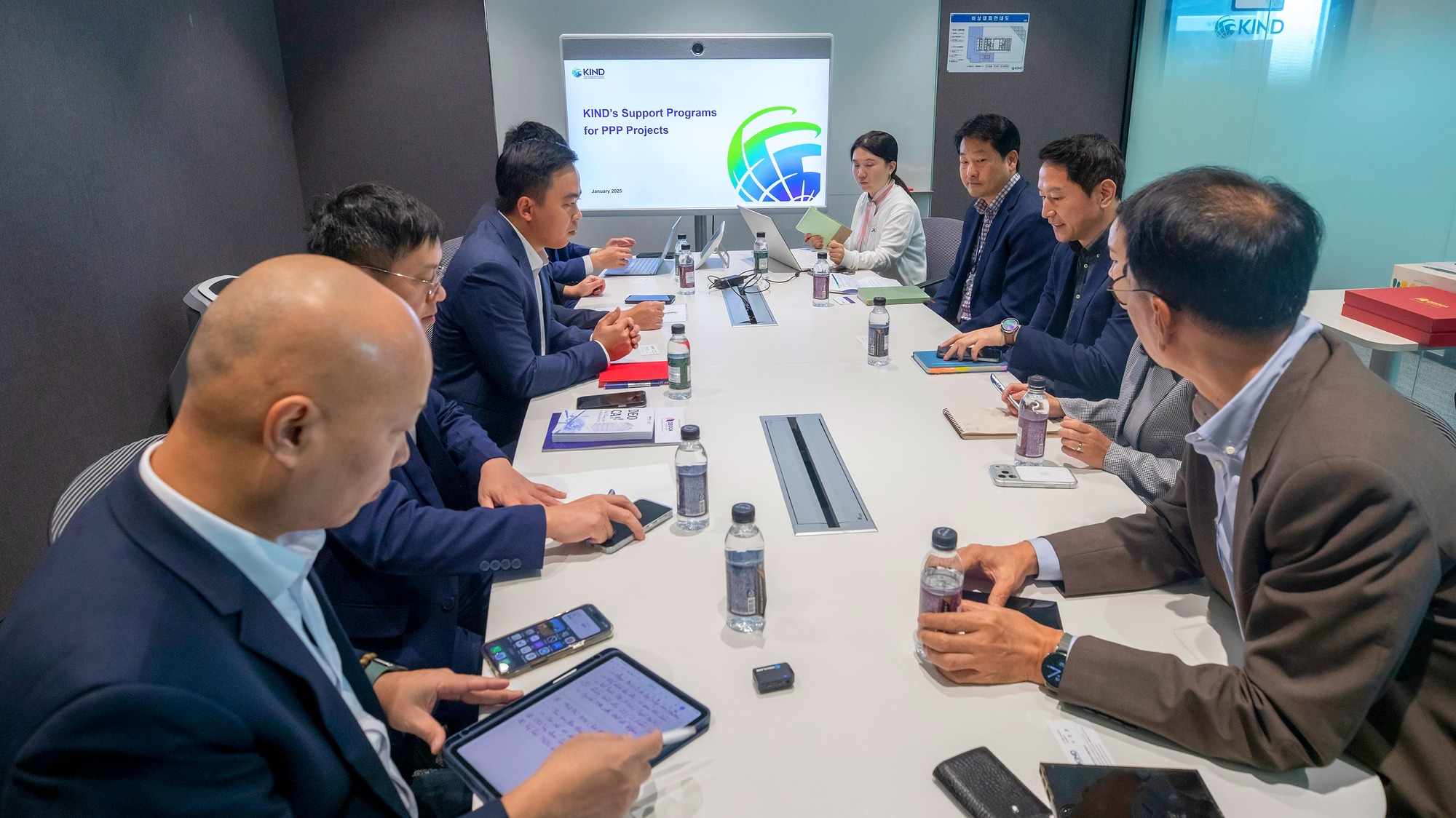
Photo: Deo Ca Group
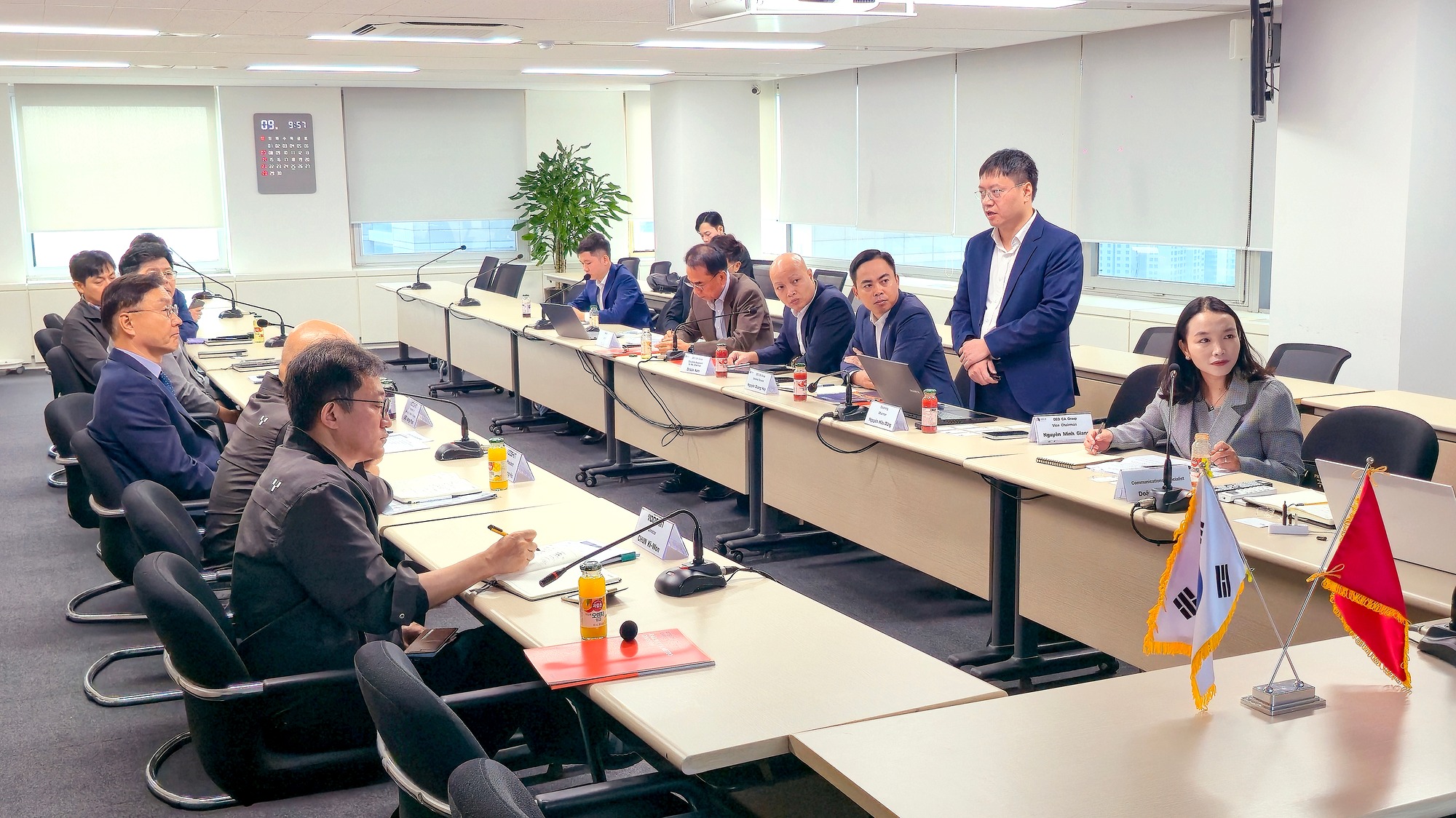
Deo Ca Group held meetings to promote cooperation opportunities with prominent South Korean brands. Photo: Deo Ca Group
Through these cooperation-promoting activities with South Korea’s leading infrastructure partners, Deo Ca Group is steadily enhancing its position and resources to realize the “Red River Miracle” in the nation’s new era.
“Year-End Public Investment Wave: What’s the True Outlook for Deo Ca Infrastructure (HHV)?”
The surge in public investment disbursement is fueling a powerful momentum across the infrastructure construction sector.
“King of the Tunnels”: Deo Ca’s 100-Day Campaign Activates: Marshalling 6,000 Workers and 2,600 Machines for Two Billion-Dollar Highway Projects
With the Prime Minister’s directive, Deo Ca Group is expediting its efforts to mobilize resources and manpower to ensure the timely completion of the expressway projects.




